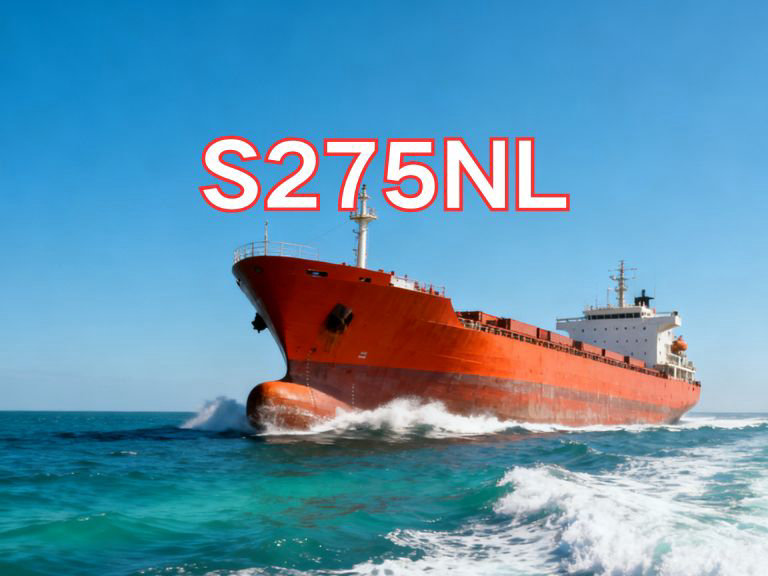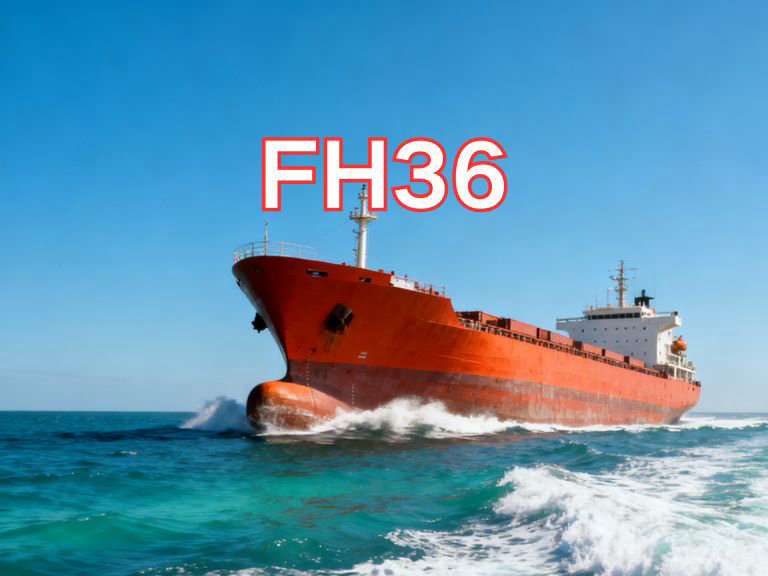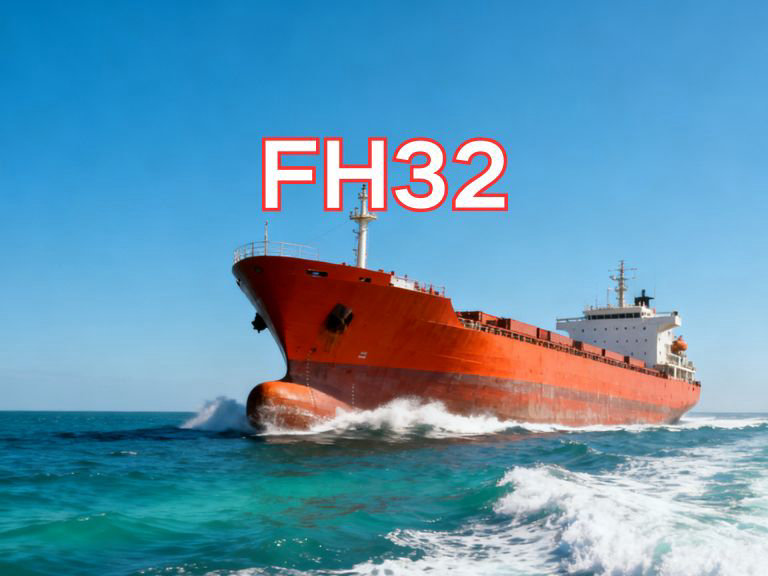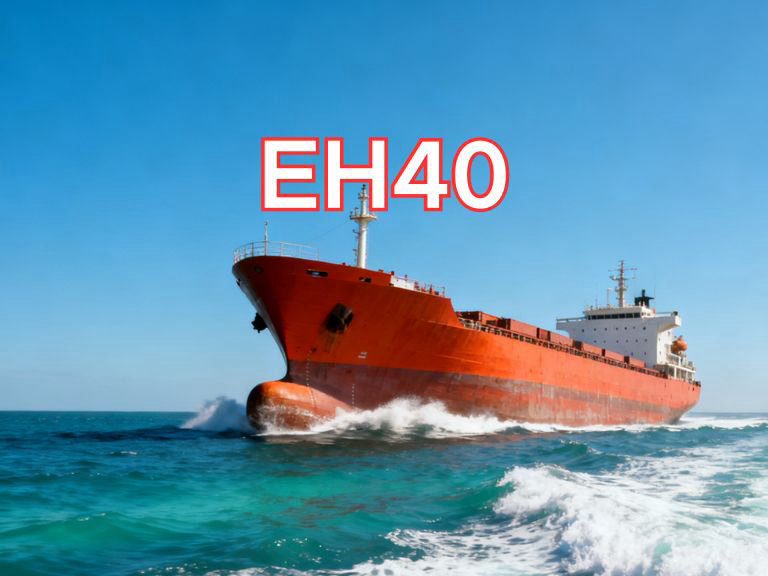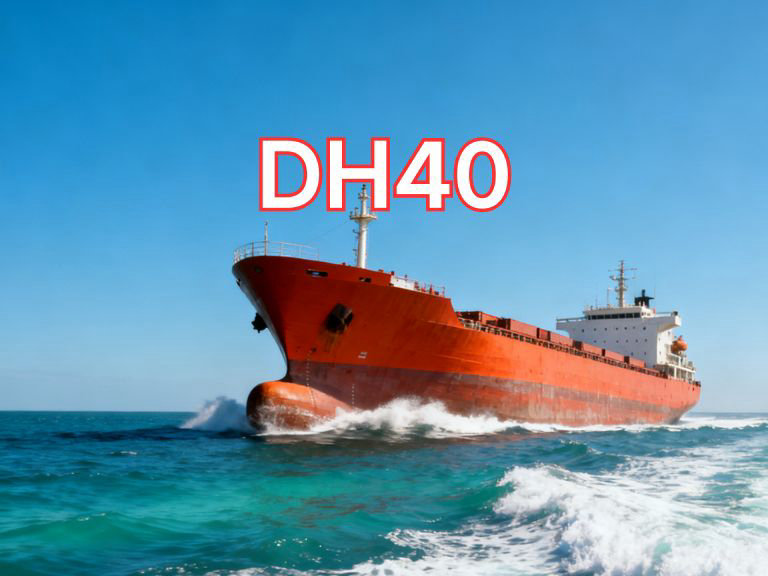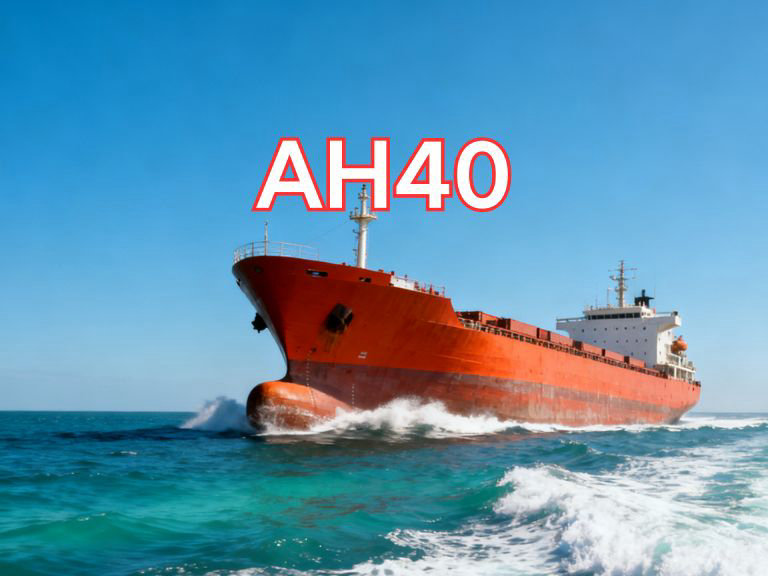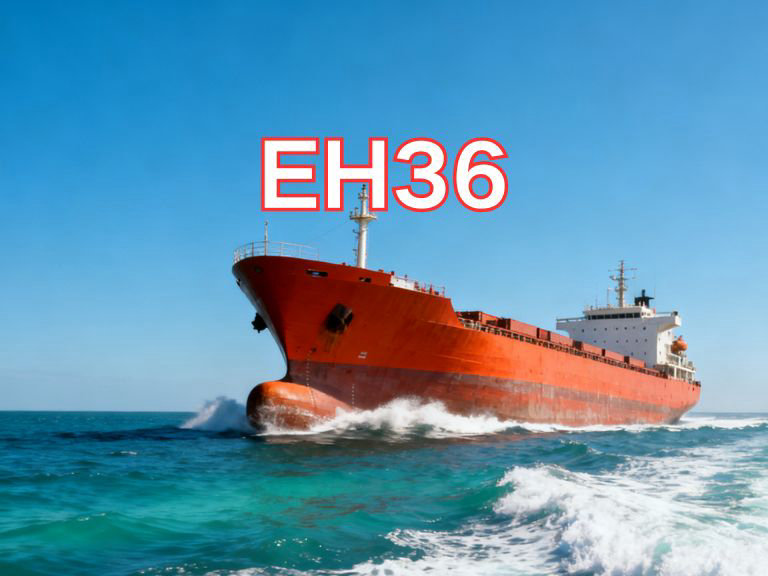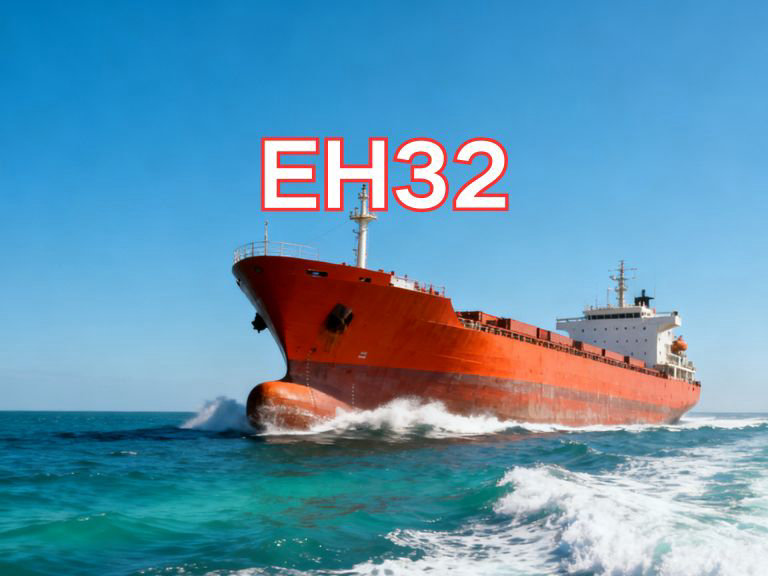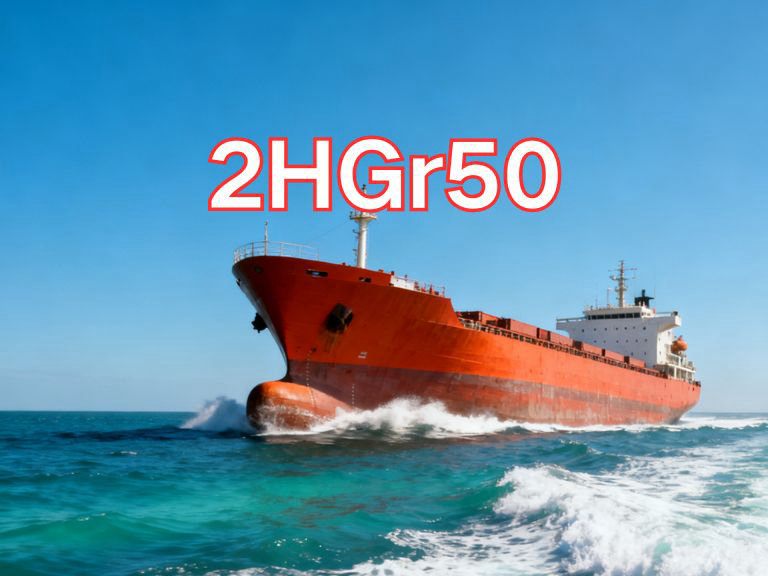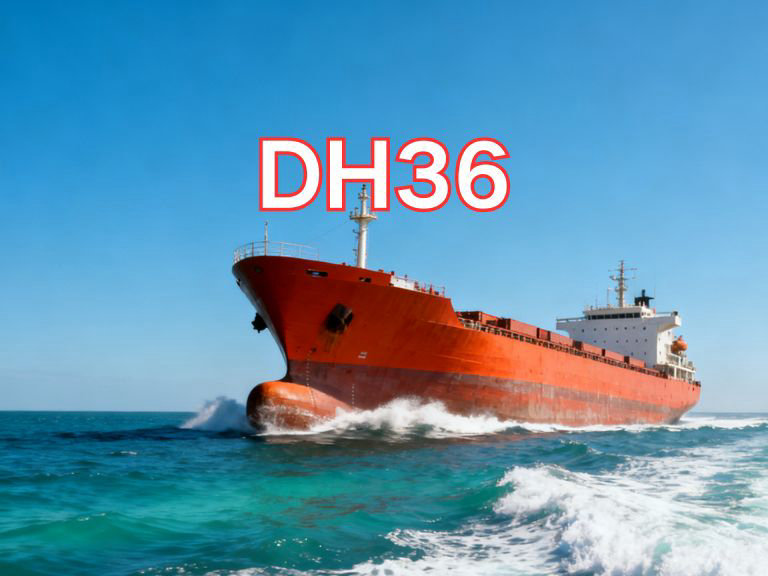

CCSD
CCSD is a high-strength steel plate used for ship hull structures, with its designation following the steel naming system of the American Bureau of Shipping (ABS). It is widely used in the construction of ships and offshore engineering structures. The first "C" in "CCSD" stands for "Carbon-Manganese Steel," indicating it is a non-alloy structural steel strengthened by the addition of manganese; this "C" also signifies that the steel complies with the technical requirements of the ABS Rules for Materials and Welding. "CS" is the abbreviation for "Common Structural Steel," specifically referring to general-purpose structural steel used in shipbuilding. The letter "D" represents the quality grade and is the highest among the four grades: CCSA, CCSB, CCSC, and CCSD. The "D" grade denotes a fully killed steel, which must undergo Charpy V-notch impact testing at a low temperature of -20°C, with a minimum average absorbed energy of 24 J. This indicates excellent low-temperature toughness, making CCSD suitable for vessels operating in colder sea areas.
The main characteristics of CCSD steel plate include high strength, good low-temperature toughness, and excellent weldability. Its chemical composition is strictly controlled, with a low carbon content (typically ≤0.18%) to ensure a low carbon equivalent (CEV) and good weldability. The manganese content is relatively high (usually 0.90%–1.40%), enhancing strength and hardenability. The steel has a minimum yield strength of 34 ksi (approximately 235 MPa) and a tensile strength range of 69–85 ksi (475–585 MPa), along with good elongation and fatigue resistance. Due to its ability to maintain sufficient toughness at -20°C, CCSD is particularly suitable for ships operating in cold climates or low-temperature waters, effectively preventing brittle fracture under cold conditions. It exhibits excellent weldability and can be welded using common processes such as submerged arc welding (SAW) and gas metal arc welding (GMAW). Welded joints are stable and high-quality, typically requiring no preheating or only minimal preheating. Additionally, the steel offers good cold-bending and formability, facilitating the fabrication of complex hull structures.
CCSD steel plate is primarily used in the construction of cargo ships, tankers, bulk carriers, offshore vessels, and structural components of offshore platforms operating in cold regions, including critical parts such as hull plating, frames, decks, and bulkheads.
The current standard for CCSD steel plate is the Rules for Materials and Welding published by the American Bureau of Shipping, specifically Part 2: "Steels" and Part 3: "Hull Structures." The latest edition is the 2025 version, which provides detailed technical requirements for chemical composition, mechanical properties, impact toughness (-20°C), manufacturing processes, and inspection procedures. It serves as an authoritative and internationally recognized technical reference in the global shipbuilding industry.

Ultrasonic Testing (UT)
A key non-destructive testing technique that uses high-frequency sound waves to detect internal flaws in steel plates. The probe emits sound waves, which reflect when encountering defects such as cracks or inclusions. The receiver captures the echoes, enabling precise determination of defect location and size. With high sensitivity, strong penetration, and fast inspection speed, UT effectively ensures internal quality, widely used in the production of heavy plates, pressure vessel plates, and other high-end products to guarantee safety and reliability.

Magnetic Particle Testing (MT)
A common surface inspection method that magnetizes the workpiece, causing leakage magnetic fields at surface or near-surface defects like cracks or inclusions, which attract magnetic particles to form visible indications. Simple to operate and highly sensitive, MT is suitable for rapid inspection of surface and near-surface flaws in ferromagnetic materials, widely used for online or offline inspection of plate edges, ends, and welds, ensuring product quality and safety.

Penetrant Testing (PT)
A non-destructive method for detecting surface-breaking flaws. A penetrant liquid is applied to the cleaned steel surface, allowing it to seep into defects such as cracks or pores. After removing excess penetrant, a developer is applied, causing the trapped penetrant to bleed out and form visible indications. Simple and cost-effective, PT is suitable for inspecting surface defects in various non-porous materials, commonly used for welds, castings, and complex components, effectively ensuring surface quality of steel plates.


